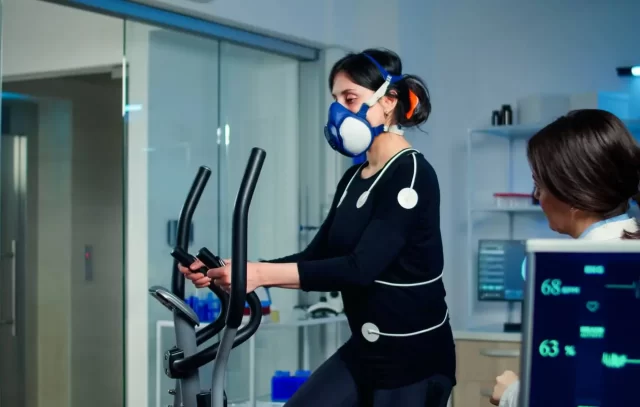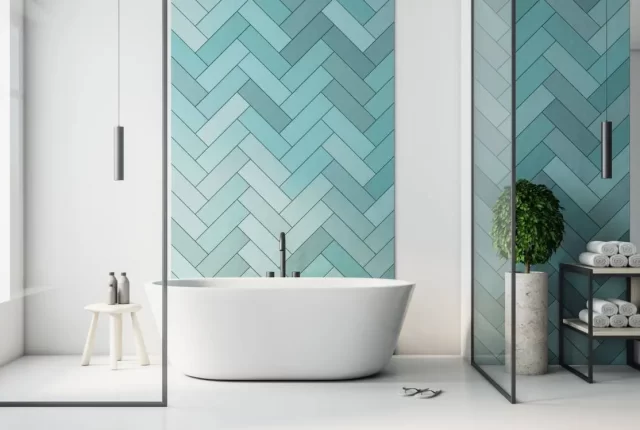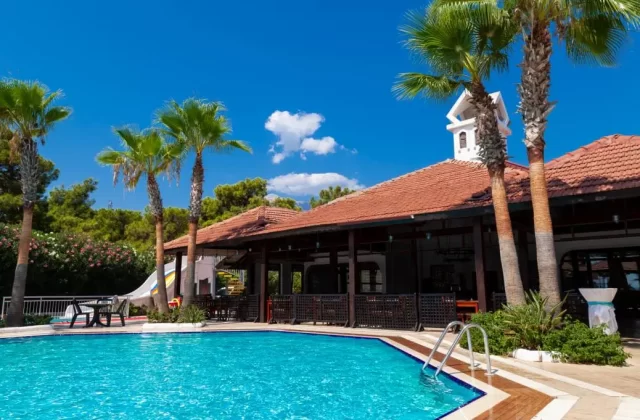Essential Features to Look for in an EWOT Oxygen Concentrator
Exercise with oxygen therapy (EWOT) involves performing physical activity while breathing higher oxygen concentrations. Studies show EWOT enhances athletic performance, accelerates recovery, and provides various health benefits like improved circulation and immunity. Choosing an appropriate EWOT oxygen concentrator is crucial to experience these gains safely.
Oxygen concentrators filter nitrogen from ambient air and provide over 90% pure oxygen. With growing interest in EWOT for fitness and health, selecting the right oxygen concentrator tailored to your needs and sport is essential. This guide covers key considerations and recommendations to make an informed decision.
So, let’s take a look at those features and considerations now!
EWOT Oxygen Concentrator
An oxygen concentrator is one of the most essential EWOT machine equipment that delivers high-purity oxygen for breathing during physical activity or exercise. It works by taking in ambient air and using molecular sieves and a pressure swing adsorption system to filter out and separate nitrogen from the air. This leaves an oxygen-rich gas that is over 90% pure oxygen.
The oxygen concentrator pushes this high-purity oxygen through a nasal cannula (tube with prongs in the nostrils) the user wears during exercise. This allows them to inhale higher levels of oxygen while training.
In short, an EWOT oxygen concentrator produces an unlimited supply of high-purity oxygen from the air. It delivers this oxygen to the user to breathe during fitness training, sports, or other physical activity.
The Essential Features To Look For!
Now that you know about EWOT oxygen concentrator, it is essential to choose the right one. It’s more like picking the perfect workout partner. It must support your needs, be easy to use, and offer reliable performance. Let’s see six crucial features you should consider:
1. Flow Rate
- Flow rates typically range from 0.5-10 liters per minute (LPM). Higher flow rates deliver more oxygen.
- Determine required flow based on breathing rate/volume, exercise intensity, and sport. Higher-intensity activities generally need 5-10 LPM.
- Adjustable flow settings allow customizing oxygen delivery for different phases of training.
2. Oxygen Purity
- Most EWOT concentrators supply 90-96% pure oxygen. Levels above 90% are considered adequate.
- Higher purity (95%+) maximizes performance gains. Purity may decrease slightly at higher flow rates.
3. Continuous Flow vs. Pulse Flow
- Continuous flow provides an uninterrupted stream of oxygen. Better for high-intensity exercise.
- Pulse flow uses an electronically controlled valve to save oxygen. It may need more for high-intensity training.
4. Portability
- It is essential to use oxygen while active. Look for a light, compact size (under 20 lbs) and quiet operation.
- Units with batteries allow cordless operation. You can also use a non-portable concentrator to keep the EWOT system in one place.
5. Ease of Use
- Simple control panels and displays make setting flow rates easier.
- Built-in alarms alert to low purity levels or overuse. Timers automate session times.
6. Durability & Warranty
- Metal casing increases durability, which is essential for transport to training/events.
- Minimum 2-year warranty coverage for reliable performance.
The Additional Considerations!
Now that you know the essential feature, let us help you with additional things you must remember.
1. Cost
- Home models start under $1,000. Professional systems range from $2,000 up to $4,000+.
- Consider financing options like payment plans if needed to afford the preferred model.
2. Brand Reputation
- Top brands like One Thousand Roads, Invacare, Respironics, and Sequal have strong reputations in oxygen therapy equipment.
- Look for brands specializing specifically in EWOT oxygen concentrators.
3. Customer Service
- Good customer support is invaluable for troubleshooting, repairs/maintenance, and user questions.
- Inquire about service response times and warranty repair process before purchasing.
4. Prescription Requirements
- It is strongly advised to consult a doctor for a complete health evaluation before beginning EWOT.
- A prescription specifies a safe oxygen level and flow rate tailored to your health status and planned exercise intensity.
- Professional guidance ensures effective and safe EWOT therapy based on your respiratory and cardiovascular fitness.
- Many insurance plans require a prescription for full or partial EWOT equipment coverage.
- Proper use also requires monitoring blood oxygen saturation level using a fingertip or earlobe pulse oximeter device. This helps determine optimal, personalized oxygen flow rates.
Conclusion!
At last, investing in a suitable EWOT oxygen concentrator tailored to your fitness level, training goals, and budget will enable you to fully leverage oxygen therapy for improved endurance, recovery, and overall health.
So, carefully evaluate all the features and requirements discussed here against your situation to select the ideal oxygen therapy partner. Then you can breathe easy while reaching exciting new personal bests!

















